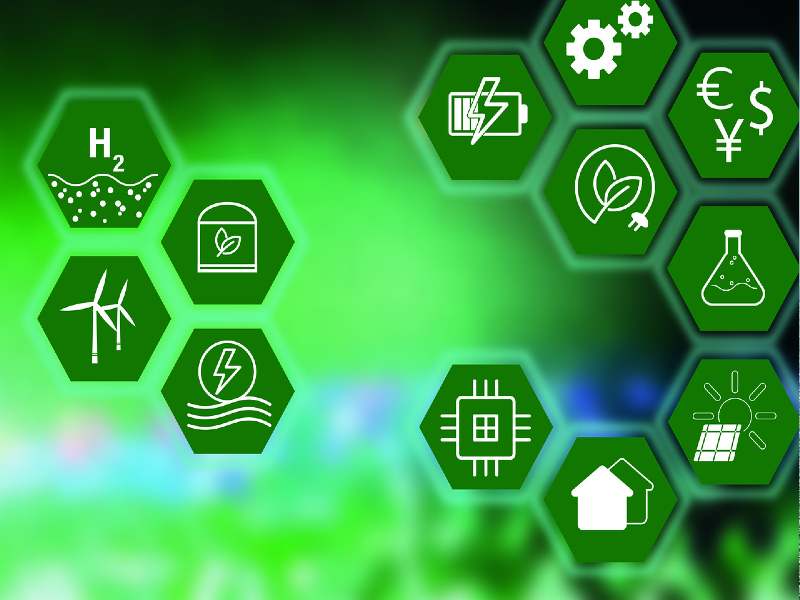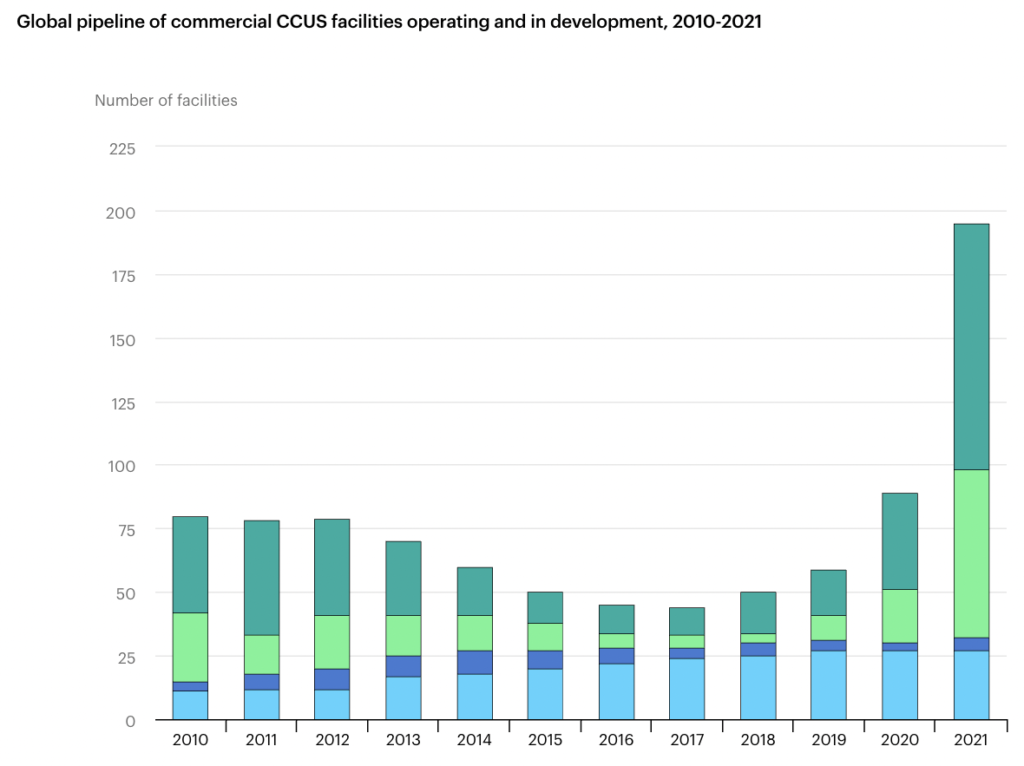
Clean hydrogen production and use must increase by 50 fold by 2050, from 10 million tonnes per year to more than 500 million tonnes, if US decarbonization goals are to be met.
That’s according to a report released by the US Department of Energy’s (DOE’s) National Energy Technology Laboratory (NETL). The report, a collaboration with Gas Technology Institute (GTI), is based on a workshop last September that encompassed public and private sector input.
The workshop’s goal was to brainstorm themes related to fossil energy’s role in accelerating a clean hydrogen future.
Report findings noted while many opportunities exist for hydrogen’s growth, government leadership would be critical in achieving decarbonization goals. This would include tax credits and incentives, research, development and demonstration funding. It would also be important to reduce permitting, regulatory, and economic barriers to implement hydrogen projects – across all levels of government.
Another theme in the report was that carbon capture and storage (CCS) would be vital for producing hydrogen from fossil fuels. The carbon intensity of hydrogen produced using natural gas as fuel with CCS is significantly impacted by methane emissions leakage from natural gas infrastructure. “Blue hydrogen,” produced from fossils with CCS, could contribute to a net-zero world with very low upstream emissions if methane leaks are minimized, the report noted.

The global pipeline of CCUS facilities more than doubled in 2021 with more than 100 new projects announced since 2020, IEA data shows. (Courtesy: IEA)
“Industry is eager to move forward, at a variety of scales and using a variety of approaches, to take advantage of what is seen as a growing demand for hydrogen in the U.S. energy portfolio,” the report said. It also found “significant potential” to retrofit existing fossil-based hydrogen production facilities with carbon capture for nearby storage.
While technologically few hurdles exist to CCS, the issues of long-term liability risks and slow permitting of Class VI injection wells could jeopardize investor interest, the findings said. Proactive government action would be necessary to solve these problems.
Another theme that emerged was that efforts to expand hydrogen should take advantage of areas that include high fuel capacity, large volume infrastructure, significant storage capacity, and a nearby industrial base. An important regional variable is the availability of geologic storage options for both hydrogen and carbon dioxide in places where industrial demand is centered.
Other recommendations included were to prioritize hydrogen hub locations near disadvantaged communities. For example, coal mining communities where there are opportunities to source fuel and store CO2 while lifting under-employed workforce through training.
The $1.2 trillion infrastructure bill signed into law by President Biden in November 2021 includes several hydrogen-specific provisions that will drive large-scale deployment and investment in the hydrogen industry. The bill includes a package of hydrogen-specific policies, including: the creation of large-scale clean hydrogen hubs across the country, funding for clean hydrogen electrolysis research and development, and efforts to promote clean hydrogen manufacturing and recycling. Additionally, the bill directs the federal government to develop the country’s first national hydrogen roadmap and strategy.
Earlier in February, the DOE’s Office of Fossil Energy and Carbon Management announced $28 million for research, development and front-end engineering design projects to advance clean hydrogen for power generation, transportation and industrial use.
That funding is on top of DOE’s August 2021 announcement of $52.5 million to fund 31 projects to advance next-gen clean hydrogen technologies and support the department’s Hydrogen Energy Earthshot initiative. The first Earthshot, Hydrogen Shot, which was launched last July, seeks to reduce the cost of clean hydrogen by 80% to $1 per one kilogram in one decade.